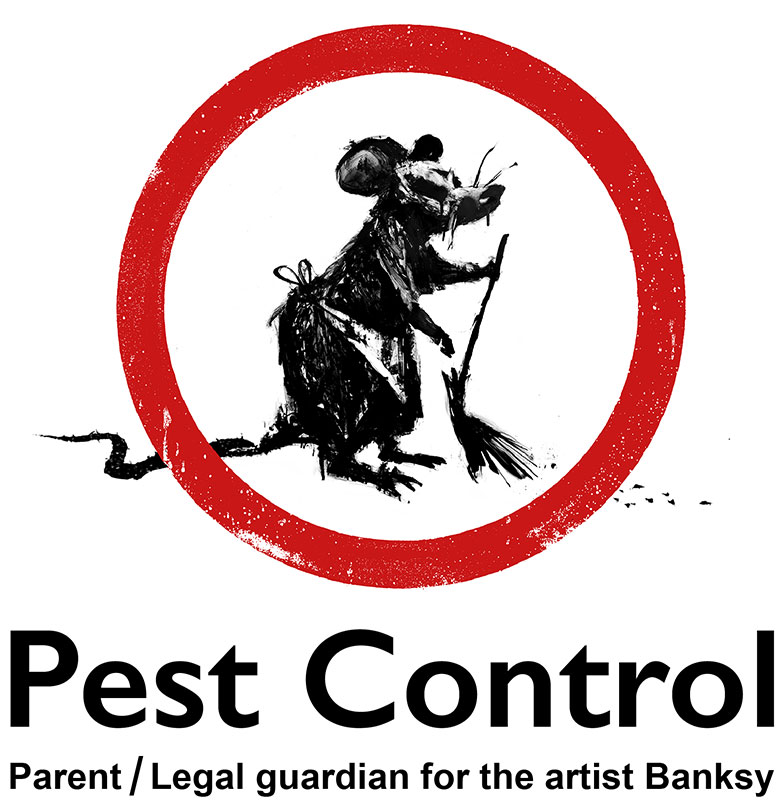Quality A1 Pest Control Services Charlotte - Protect Your Home
Quality A1 Pest Control Services Charlotte - Protect Your Home
Blog Article
Bed Insect Therapy Breakdown: Contrasting Chemical Vs. Non-Chemical Solutions
In the world of pest control, especially when taking care of the persistent concern of bed insects, the choice in between chemical and non-chemical therapy solutions can be an essential one. Both strategies supply distinct advantages and downsides, affecting aspects such as performance, safety and security factors to consider, and total price. By checking out the nuanced details of each approach, a clearer understanding of which course to pursue in resolving a bed bug infestation can be achieved.
Performance of Chemical Treatments
Chemical treatments for bed bug invasions have been commonly identified for their potent and fast effectiveness in eliminating these pests. When taking into consideration the effectiveness of chemical treatments, it is crucial to comprehend that they can provide a extensive and quick option to a bed insect problem. Professional pest control operators usually depend on pesticides to target bed pests at various phases of their life cycle, consisting of nymphs, grownups, and eggs. These chemicals usually work by interrupting the bed pests' nerve system, bring about paralysis and eventual death.
Additionally, chemical therapies have the advantage of offering residual results, suggesting that they can remain to eliminate bed pests even after the initial application. This recurring action is particularly useful in combating any potential re-infestations. Furthermore, the rapid action of chemical therapies can bring alleviation to individuals dealing with extreme bed bug problems, enabling them to regain control of their space promptly.
Safety Interest In Chemical Solutions
One essential element that requires mindful consideration when making use of chemical solutions for bed bug therapy is guaranteeing the safety and security of residents and the setting. Direct exposure to certain chemicals made use of in bed bug therapies can lead to respiratory concerns, skin irritability, or other unfavorable reactions, particularly in individuals with pre-existing problems or sensitivities.
Moreover, the ecological influence of chemical options is another significant consideration. Some chemicals utilized in bed insect therapies might be dangerous to valuable insects, wildlife, and ecological communities if they leach into the dirt or water supply. It is necessary to make use of chemical therapies carefully, adhering to safety and security guidelines, and thinking about much less harmful choices to mitigate these dangers and make sure the reliable and secure monitoring of bed pest infestations.
Benefits of Non-Chemical Methods
Taking into consideration the potential safety concerns and environmental impact linked with chemical solutions for bed insect treatment, exploring non-chemical techniques presents an encouraging option with a number of distinctive advantages. Non-chemical techniques supply a safer choice for houses, particularly those with kids, family pets, or individuals delicate to extreme chemicals. These techniques eliminate the threats of site link exposure to toxic compounds, lowering the capacity for unfavorable health effects. In addition, non-chemical therapies are eco friendly, as they do not add to air or water air pollution, making them a lasting choice for pest control.
Furthermore, non-chemical options can be efficient in targeting bed pests, consisting of hard-to-reach locations where chemical therapies may not permeate. Approaches such as warmth therapy, vacuuming, vapor cleaning, and mattress encasements give comprehensive elimination without making use of damaging chemicals. Moreover, non-chemical techniques can be less turbulent, calling for minimal preparation and permitting quicker reentry into treated areas. Generally, choosing for non-chemical bed bug treatment approaches not just prioritizes security and pesticide store near me environmental defense yet additionally makes sure extensive and effective parasite control.
Limitations of Non-Chemical Treatments

In addition, non-chemical therapies often require several applications to accomplish effective eradication. This can be time-consuming and may not constantly ensure complete elimination of all bed bugs and their eggs, especially in hard-to-reach or covert areas.
In addition, the success of non-chemical treatments greatly counts on appropriate execution and thoroughness, which can be testing for individuals without professional proficiency. Poor application of non-chemical techniques may lead to insufficient removal, causing persistent problems and the requirement for additional therapies.
As a result, while non-chemical therapies have their benefits, it is important to recognize these limitations and consider them when identifying the most reliable strategy for handling bed insect problems.
Expense Contrast: Chemical Vs. Non-Chemical Options
Given the restrictions connected with non-chemical therapies, a necessary facet to examine in the spider control companies context of bed insect management is the expense comparison between chemical and non-chemical alternatives. In contrast, non-chemical treatments like heat treatment or steam can be much more costly, with costs ranging from $1,000 to $6,000 for an entire home. While the preliminary expense of chemical treatments may seem lower, multiple therapies may be called for to fully get rid of the infestation, possibly raising the total cost.
Verdict

Considering the potential security issues and ecological impact connected with chemical remedies for bed pest treatment, discovering non-chemical methods presents a promising alternative with numerous unique advantages.Offered the constraints connected with non-chemical treatments, a crucial element to assess in the context of bed bug management is the cost contrast between chemical and non-chemical alternatives. In contrast, non-chemical therapies like heat treatment or steam can be much more costly, with expenses ranging from $1,000 to $6,000 for a whole home. While the first price of chemical therapies may seem lower, multiple therapies may be needed to completely eliminate the infestation, possibly boosting the overall price.In conclusion, when comparing chemical and non-chemical bed bug treatment alternatives, it is important to take into consideration efficiency, safety and security, advantages, constraints, and expense.
Report this page